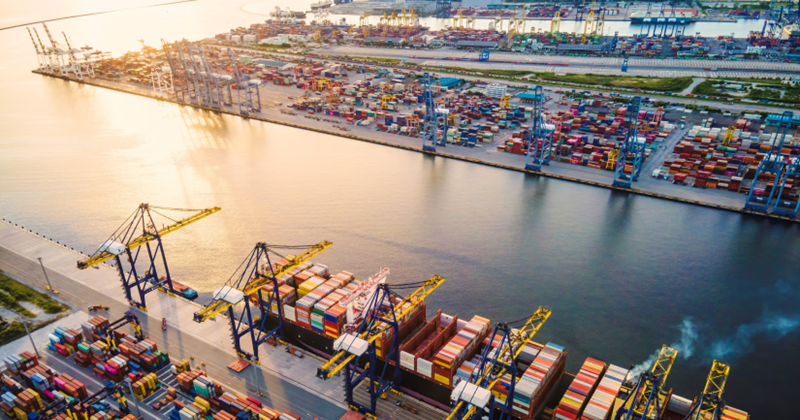Learn 6 strategies for decarbonizing EV battery plants
This audio was created using Microsoft Azure Speech Services EV battery plants must lower their CO2 emissions to meet green ambitions The automotive industry is a major contributor to the global GHG emissions crisis. Electric vehicle adoption has been swiftly accelerating as a solution for reducing road transportation’s carbon footprint. However, while EVs may be a form of green mobility, EV battery plants (EVBP) still need to significantly reduce their CO2 emissions. EV battery manufacturing...









